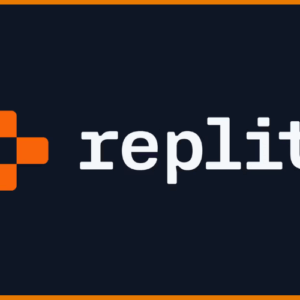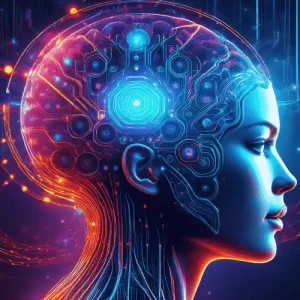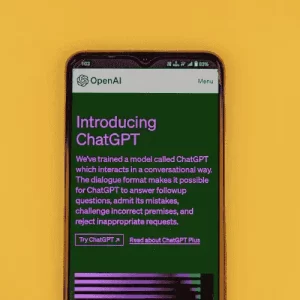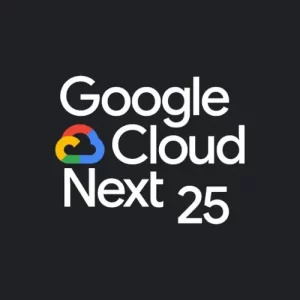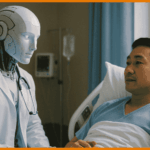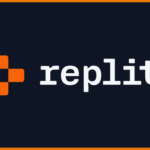Learn AI Series – Powered by AITUGO
Category: Learn AI | Level: Beginner-Friendly | Micro-Course #001
“You might also like…”
You see that line almost everywhere, don’t you? Netflix, Spotify, YouTube, Amazon, it’s like the apps know you. They suggest that one feel-good line just when you’re in need of a pick-me-up. Or that crime story documentary you didn’t know you wanted to watch at 2AM.

Somehow, they get your vibe. But how?
Are your apps psychic? Are the robots watching your every move? Not really. But they are paying attention. And that’s the magic (well, the science) of Artificial Intelligence or AI as it is commonly known. Let’s unravel how Netflix knows what you like, how AI learns in general, and why this matters more than you think.
🧩 Every Click Tells a Story
When you scroll through Netflix or hit play on a song, you’re doing more than passing time. You’re handing over tiny clues about who you are and what you enjoy.
These clues come from:
- What you click on first
- How long you stick with something
- What you stop after 12 seconds
- When you watch 4 episodes in a row
- Even when you pause to go make popcorn thanks to sudden cravings
Each one is a data point. A digital breadcrumb. And behind the scenes, AI is collecting those crumbs and turning them into a tasty prediction pie: a guess about what you’ll love next. Imagine a puzzle made from a thousand little pieces of your choices. That’s what Netflix’s AI builds every time you interact with it.
🧠 How Does AI Actually Learn?
Let’s say you love superhero movies but only the funny ones. Or you’re into nature documentaries only if they’re narrated by David Attenborough. How could a computer ever figure that out? Here’s how: by watching what you do not what you say.
Netflix, Spotify, and even YouTube use a type of AI called machine learning. That means the system doesn’t need to be told what’s funny or serious or good. It just looks at millions of users’ behaviors, finds patterns, and says:
“Hmm… people like you seem to love this. Wanna try it?”
The more you watch, the better the AI gets. It’s like teaching a friend your taste, but instead of words, you’re teaching by action—and your “friend” just happens to be a very smart robot with memory that never forgets.
👶 Breaking Down AI
Let’s break it down even more. Have you ever seen a baby try to figure out what a dog is? At first, every animal with four legs is a “dog.” But after seeing more animals, they start to tell the difference between a cat, a cow, and an actual dog.
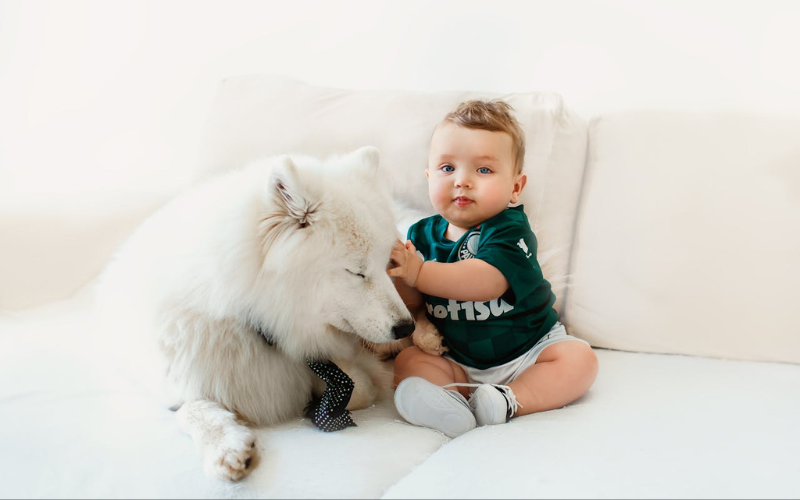
AI learns the same way. If we want to teach an AI what a cat looks like, we don’t just describe a cat. We show it thousands (or millions!) of pictures of cats. The AI looks at all those pictures and says:
“Okay, cats seem to have pointy ears, whiskers, and fluffy tails.”
Eventually, it learns to recognize a cat in a photo it’s never seen before. That’s machine learning and it’s one of the core building blocks of modern AI.
🌍 AI Is Hiding in Plain Sight
Whether you realize it or not, AI is all around you. Seriously, check this out:
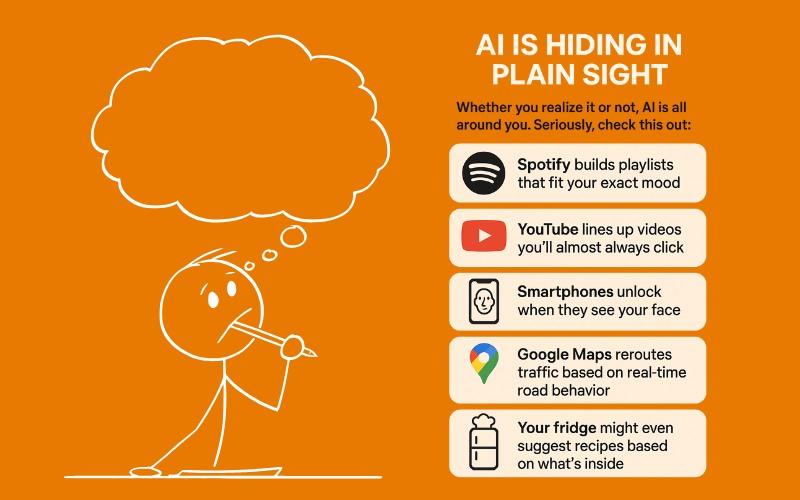
Even toys use AI! Some robots recognize your voice or facial expressions. Learning games get smarter as you play. It’s like giving your toy a brain but not the spooky kind. More like a super helpful, fun kind.
🎨 The Creative Side of AI
Now here’s where things get really cool. There’s a special type of AI called Generative AI. This AI doesn’t just recognize stuff—it makes new things. Entirely new things.
You can ask it to:
- Draw a flying elephant made of clouds
- Write a story about a time-traveling pancake
- Compose a song in the style of Beethoven and Billie Eilish
It’s like an AI artist, writer, and musician rolled into one.
And even though it doesn’t feel creativity like we do, it can remix patterns in such smart ways that the results often surprise even the humans who built it.
⚡ What AI Is Good At (and What It’s Not)
| AI Superpowers | AI Weaknesses |
| Finds patterns in massive amounts of data | Doesn’t understand feelings or emotions |
| Works 24/7 without getting tired | Can make strange or silly mistakes |
| Remembers everything instantly | Can’t always tell what’s real vs. fake |
| Makes fast, calculated guesses based on what it learns | Might repeat or reinforce bad habits from the data it learns from |
So no, your AI assistant won’t be replacing your best friend anytime soon. But it can help your best friend plan the ultimate movie night.
🕵️ Mini-Mission: Be an AI Detective
Want to see AI in action?
Here’s a fun little challenge:
- Go to Netflix (or your favourite streaming app).
- Look at your “Recommended For You” list.
- Pick 3 titles and ask yourself:
- What did I watch recently that might’ve caused this suggestion?
- Does this actually match my taste—or does it miss the mark?
- What pattern do you think the AI saw?
- What did I watch recently that might’ve caused this suggestion?
Congrats! You’re now thinking like an AI detective. 🧠🕵️
💡 The Big Takeaway
AI isn’t reading your mind. It’s reading your habits.
It learns from what you watch, listen to, click, skip, and save. And from that, it becomes an eerily accurate recommendation engine, a music DJ, a smart assistant, or even an artist. And if AI can learn your midnight movie moods… imagine what else it could do.
It could help:
- Doctors spot illness faster
- Farmers grow healthier crops
- Teachers personalize learning for every student
- Creators build new tools, art, and stories
AI is becoming part of your world. Understanding it—just a little—puts you in control.
Because behind every smart app is a human who taught it how to learn. And now, you’re one of them.
Stay curious. Stay sharp.
AITUGO – Empowering Your Future with AI.

